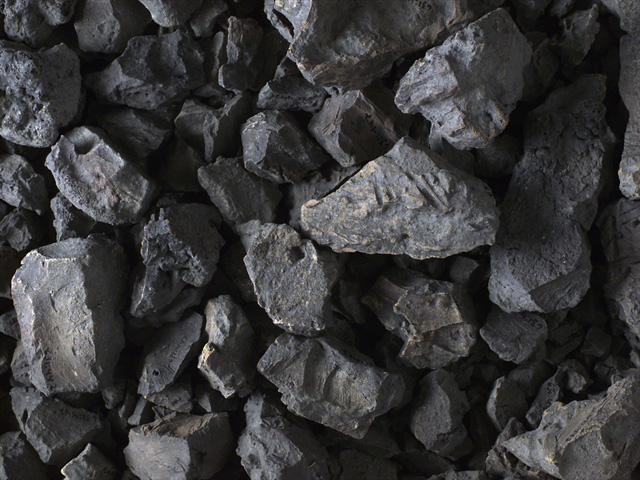 STUDIO PHOTOGRAPHS
STUDIO PHOTOGRAPHSIntroduction | Research | People | Tools
 STUDIO PHOTOGRAPHS
STUDIO PHOTOGRAPHS
DAUB (TYA 631: 454)
Type: Burnt daub, clay.
Use: Sealing up the walls of a building amd fire protection of wooden constructs.
Site: Raisio, Ihala, Mulli abode.
Period: Viking Age / Crusade Age / Early Middle Ages.
Dating: 980-1220 A.D.
Size: 142 mmx 142 mm x 33 mm.
Weight: 113 g.
Photographer: Antti Huittinen.
Daub was used in Finland in the Bronze and Iron Age (ca. 1500 B.C. - 1100 A.D.) to seal up the walls of buildings and to protect the wooden constructs against the fire. When the building was later burnt down for some reason, the clay daub was turned in the heat into a hard ceramics-like matter. The daub often carries the impressions of brushwood bradings, boards and timbers.
According to the finds made in several Finnish settlement sites, it is known that clay was used to seal up both timber constructions and brushwood bradings. More than a half of the weight of Mulli finds is burnt clay and daub. According to the scholar Juha-Matti Vuorinen, binding agents, like manure, has been mixed with the daub.
Other related topics:
Introduction | Research | People | Tools